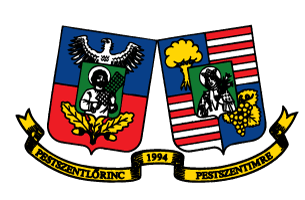A városi eső aranyat ér?
Igen, de csak ha megfelelően kezeljük!
Mi az a VárosiEső projekt?
A Hegyvidéki Önkormányzat (XII. kerület) vezetésével, Erzsébetváros (VII. kerület), Pestszentlőrinc-Pestszentimre (XVIII. kerület), a Fővárosi Önkormányzat és számos más szakmai partner együttműködésével 2021 és 2025 között részben uniós forrásból megvalósuló “LIFE – Városi Eső” projekt fő célja a városi klímaadaptáció támogatása csapadékkezelés terén a zöld és kék infrastruktúrák közötti szinergiák megtalálásával és ezek erősítésével.


A természetközeli és technológiai megoldásokat egyesítő megközelítés révén hatékonyan csökkentjük a hirtelen lezúduló csapadék káros következményeit. Sérülékenységvizsgálatokkal azonosítjuk be a beavatkozási pontokat a három budapesti partnerkerületben, majd különböző demonstrációs elemekkel mutatjuk be a szakma, döntéshozók és városlakók számára a városi esővízkezelés lehetőségeit. Célunk, hogy a célcsoportjaink a projekt végére az esővizet értékként kezeljék, ugyanakkor tisztában legyenek és alkalmazzák is a hirtelen lezúduló csapadék káros következményeit csökkentő és az ezeket megakadályozó megoldásokat.
A projekt során fentiekhez nemzetközi és hazai jó gyakorlatokra támaszkodunk, illetve az IPCC 2014-es jelentésére. Nem csupán technikai megoldásokat alkalmazunk, de igyekszünk hatást gyakorolni a döntéshozókra annak érdekében, hogy a hatékony városi csapadék kezelés érdekében új szabályozások és irányelvek szülessenek meg. A projekt céljai még, hogy az Európai Uniós klímaadaptációs stratégiának megfelelő, más önkormányzatok által is alkalmazható eszközöket mutasson be, illetve a lakosság és döntéshozók érzékenyítése mellett a szakma számára hasznos tudásanyagot hozzon létre.



Projektadatok
Helyszín: Budapest, Magyarország
Költségvetés: 3,053,810 Euro (EU hozzájárulás 55%)
Időtartam: 2021. július 1. – 2025. június 30.







